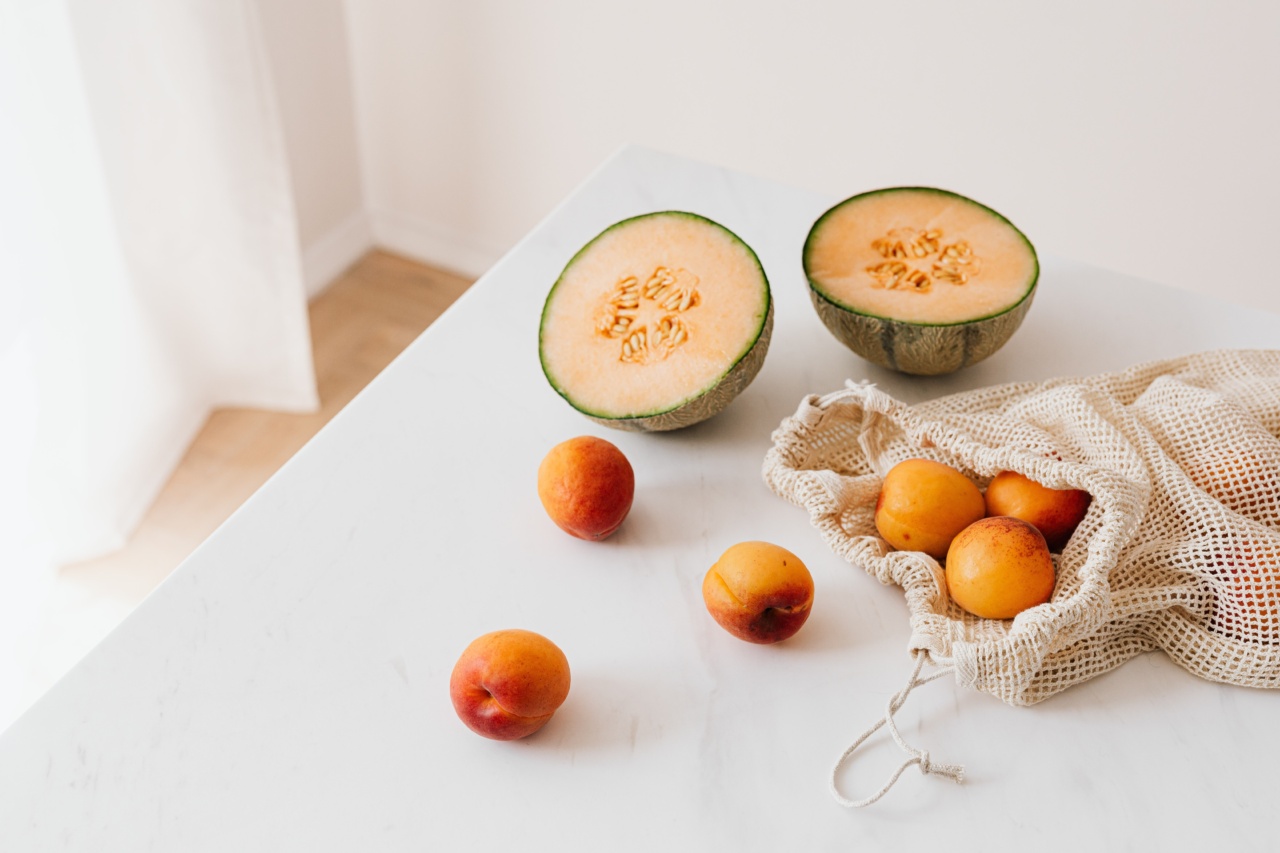Salt is a common ingredient in many foods, and while it adds flavor, excessive consumption can have harmful effects on your health. It can cause high blood pressure, heart disease, and stroke.
The recommended daily intake of salt is no more than 2,300 milligrams, which is about one teaspoon. However, the average American consumes over 3,400 milligrams of salt per day. In this article, we will discuss how to reduce salt in your diet by avoiding certain foods that are high in sodium.
Foods to Steer Clear of
Reducing the amount of salt in your diet can be challenging, especially if you are not aware of the high-sodium foods to avoid. Here are some of the foods that you should steer clear of:.
Salted Snacks
Snacks like chips, popcorn, and pretzels are often high in sodium. One ounce of potato chips can contain as much as 170 milligrams of sodium. If you are craving a salty snack, try unsalted nuts or seeds, fresh fruit or vegetables instead.
Cured and Processed Meats
Processed meats like bacon, hot dogs, and deli meats are usually high in sodium. One slice of deli meat can contain up to 300 milligrams of sodium. Try to limit your consumption of processed meats and opt for fresh cuts of meat instead.
If you must indulge in cured meats, choose the low-sodium option.
Canned Soups and Broths
Canned soups and broths are convenient, but they are typically high in sodium. One cup of chicken noodle soup from a can can contain as much as 800 milligrams of sodium, which is almost half of the recommended daily intake.
Try making your own soup or broth from fresh ingredients to control the amount of salt.
Baked Goods
Baked goods like bread, muffins, and bagels can have a surprising amount of sodium. One slice of bread can contain up to 230 milligrams of sodium. Check the labels of baked goods before purchasing and opt for low-sodium options.
Sauces and Condiments
Sauces and condiments like ketchup, barbecue sauce, and soy sauce can be high in sodium. One tablespoon of soy sauce can contain up to 1,000 milligrams of sodium.
Try using herbs and spices to add flavor to your meals instead of relying on sauces and condiments.
Processed Cheese
Processed cheese like American cheese and cheese spreads are often high in sodium. One slice of American cheese can contain up to 400 milligrams of sodium. Look for low-sodium cheese options or opt for natural cheese instead.
Pickled Foods
Pickled foods like pickles, olives, and sauerkraut can be high in sodium. One medium-sized pickle can contain as much as 570 milligrams of sodium. Try pickling your own vegetables with low-sodium seasonings or opting for fresh vegetables instead.
Salted Butter and Margarine
Salted butter and margarine can be high in sodium. One tablespoon of salted butter can contain up to 100 milligrams of sodium. Opt for unsalted butter or margarine to reduce your salt intake.
Salted Cereals
Many breakfast cereals are surprisingly high in sodium. One cup of bran flakes can contain up to 240 milligrams of sodium.
Check the labels of breakfast cereals before purchasing and opt for low-sodium options or switch to oatmeal or fresh fruit for breakfast.
Salted Convenience Foods
Convenience foods like frozen dinners and boxed meals are often high in sodium. One frozen meal can contain up to 1,000 milligrams of sodium. Try to limit your consumption of these foods and opt for fresh, whole foods instead.
Conclusion
Reducing the amount of salt in your diet can help maintain a healthy heart and improve your overall health. Avoiding high-sodium foods is one of the most effective ways to reduce your salt intake.
By choosing fresh, whole foods that are low in salt and using herbs and spices to add flavor, you can easily reduce your salt intake and improve your overall health.


























